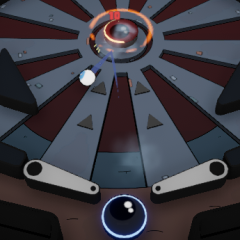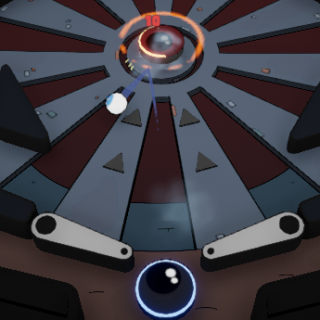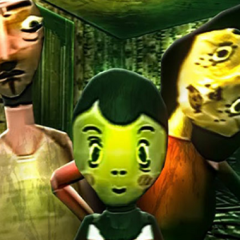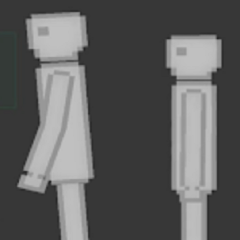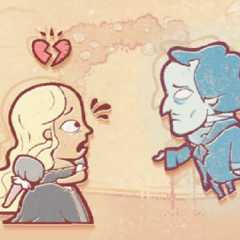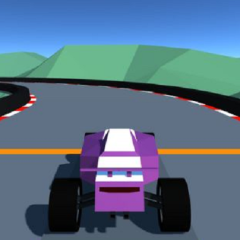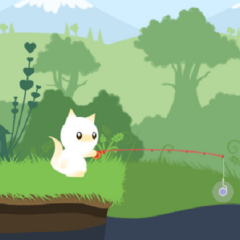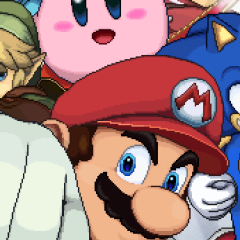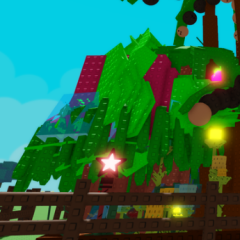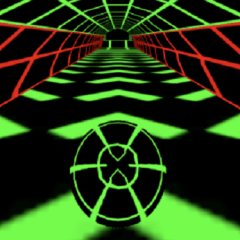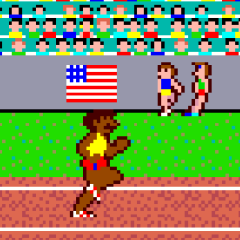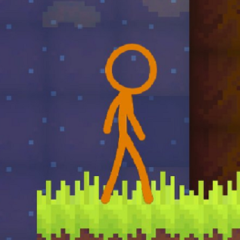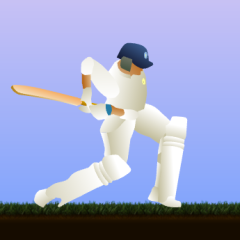Cult of PiN presents a pinball table that acts like a living system. The player launches a ball, hits bumpers, clears targets, and advances through sequential arenas. Each board represents a stage in a continuous run where success depends on precision and persistence. There are no characters or dialogue—just motion, collisions, and score progression. Every round becomes a self-contained puzzle, demanding both reflex and planning. The structure resembles a ritual: begin, strike, fail, and begin again. Through repetition, the player learns timing and the logic of the game’s rhythm.
Building Power Through Play
Progress in Cult of PiN is tied to two elements: temporary boosts and long-term modifiers. During each run, you earn Glyphs that enhance performance and Blessings that alter conditions in later acts. The relationship between them defines how each session unfolds. The player chooses whether to focus on durability, attack range, or control. These decisions matter because every table operates under changing physics and hazards. Cult of PiN treats improvement as interpretation—reading the pattern of the table and adapting to it before momentum fades.
Structure of Advancement
Each run follows a pattern that shapes its flow and reward:
· Launch the ball and sustain movement as long as possible.
· Strike bumpers and complete objectives for score or damage.
· Gather Glyphs to strengthen immediate performance.
· Select Blessings between acts for future advantage.
· Continue until defeat resets the sequence.
This cycle forms the essence of the experience. It mixes mechanical skill with incremental progress, ensuring that each attempt feels familiar yet uncertain.
Risk and Continuity
As the acts progress, the tables change form. Some alter flipper response, others shift layout or remove safe zones. The player adapts by reading the table like a dynamic opponent. Momentum becomes a form of survival; once the ball slows, danger increases. Unlike many roguelikes, Cult of PiN relies on precision rather than combat. The opponent is gravity itself, and success depends on maintaining flow. Each cleared act reinforces both skill and patience, pushing the player toward mastery rather than victory.
Devotion to the Mechanic
Cult of PiN transforms a casual format into a study of repetition and focus. It asks the player to trust motion and learn through failure. Every launch is a new start, every rebound a small adjustment. The “cult” in its name reflects the player’s own commitment—the return to the table again and again, not for completion but for understanding. The game becomes less about winning and more about refining control, proving that even a single mechanic can hold infinite variation when treated with discipline.

